|
Jan/Feb 2019 edition Issue #3 AutoMobilia Resource Magazine Sharon Spurlin In the main greeting area, is a beautiful mascot display which is always a part of the museum’s regular showings. Pictured here are Nicole Diehm (Digital Projects Assistant Librarian), Lindsay Mancuso (Special Collections Coordinator), Will Cobb (Digital Project Assistant), Tom Roemer (Volunteer)and Mark Vargas (Chief Operating Officer). A recent visit to see The Revs Institute special presentation of automotive mascots, turned into a challenging, and exhilarating full day of, how can I possibly say everything there is to say about this wonderful institute in one short story?! The simple answer…. I can’t. The sheer volume of quality automobilia merits numerous visits and stories, not just one. Revs has the largest digitized collection of over 500,000 historic automotive photographs available to the public, with requests answered within 24 hours - yep, there’s a story. In addition to that, they have a climate controlled archival library with over 1000 posters, over 24,000 books, and amazingly original 1950s and ‘60s Porsche manuals. Yep, there’s another story...or three!
First of the temporary display was “Beyond Patina”, showing the very real nicks, scrapes, damage and weathering done to mascots, which were utilized as long as 80 years ago, not just displayed as pieces of art. Patina - by definition.
The 7th display was entirely dedicated to “Leading Ladies”. Both beauty and style meet the road. The eighth and last display… “Need for Speed”. These were designed to monitor engine temperatures, or to support local racing events. Two of the mascots in this last display particularly caught my interest.
“Seagull,” by Jean Auscher for the Banville Garage 600-meter hill climb, circa 1920s. It’s not what you’re thinking. The hill referred to wasn’t quite a hill, or even a dale. Entrants competed by climbing their 6-story parking ramp, one after the other, for the best time. No actual birds, no grass, no hills, but I’ll wager it was still a bit of fun in a car park in Paris! This special exhibition ended Dec. 29, 2018, and I must apologize as many of you won’t read this publication until after it is all over. However, there is good news. The beautiful permanent display of mascots is more than worthy for a visit, and you may view many more pieces from this special exhibition online at AutoMobiliaResource.com/features, or through the Revs Institute’s online resource at https://revslibrary.omeka.net/exhibits/show/rolling_sculpture/introduction And now you know, The Revs Institute is an ultimate bucket-list worthy destination for automobilia aficionados! Open Tuesdays, Thursdays and Saturdays to the public. Reservations required at 239-687-7387 or RevsInstitute.org SS Bonus below - some extra pictures and descriptions we didn't quite have room for in the printed magazine. 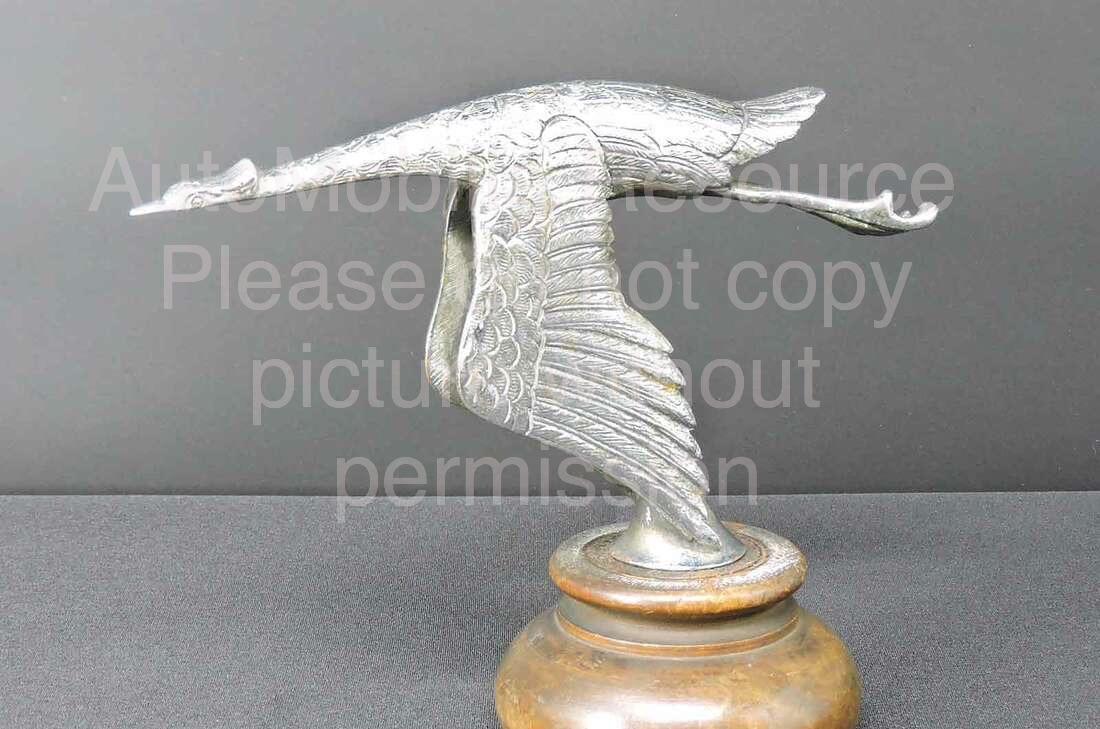 Detailed Stork, possibly modeled after the Hispono-Suiza stork, circa 1920-30s. The amount of work in the details is staggering. An obvious labor of love for one of these beautiful winged creatures. It’s easy to picture her flying majestically over the wonderfully lengthy hood of a classic car from that time period. 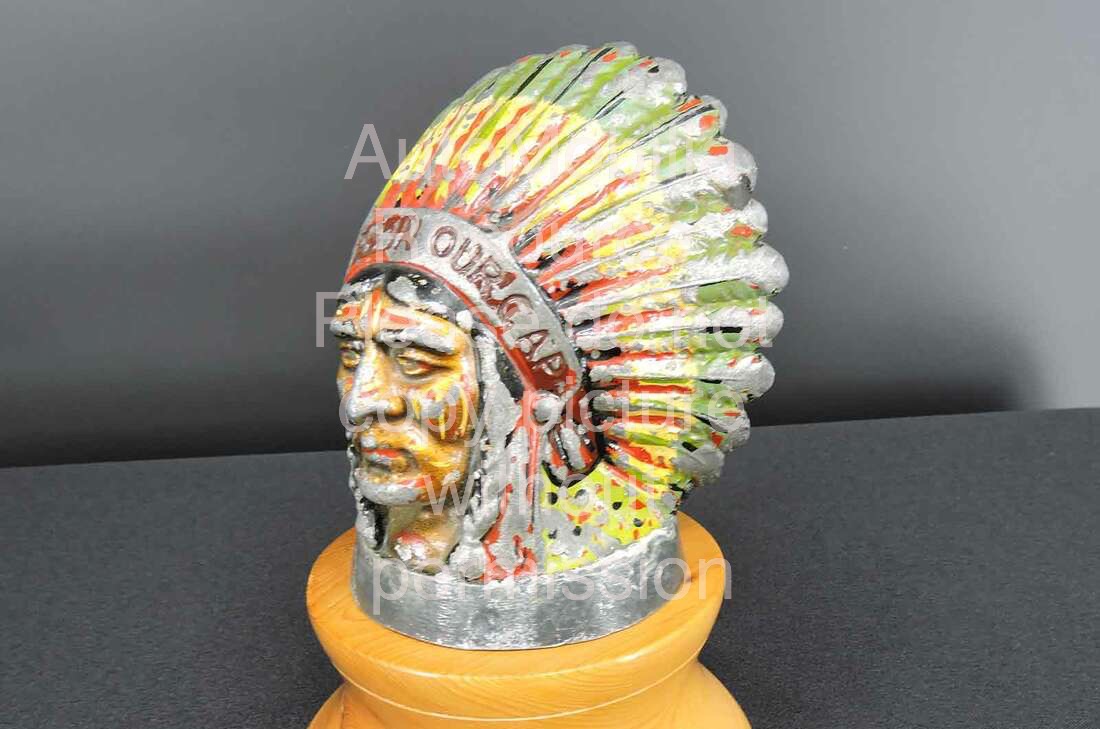 Indian Head, logo for Guy Motors’ commercial vehicles, circa 1920-1940s. “Feather In Our Cap” is written across the Indian’s headband. Every time a repeat customer came back and bought another vehicle, they would stick a feather in a cap they kept on display at the dealership. The feathers grew to such colorful numbers, that this became the symbol (and mascot) of their quite successful company at the time. To read more great columns like this one...
|
Sharon SpurlinPublisher of AutoMobilia Resource Magazine and owner of Classic Ads, USA. ArchivesCategories
All
|
Home
|
Subscribe
|
|
Automobilia Resource LLC
1217 Cape Coral Pkwy East #178 Cape Coral, Florida 33904 Main office: 954-579-5280 Subscriptions: 224-558-8955 Editor: 631-258-9887 |
Copyright © 2023 Automobilia Resource LLC. All Rights Reserved

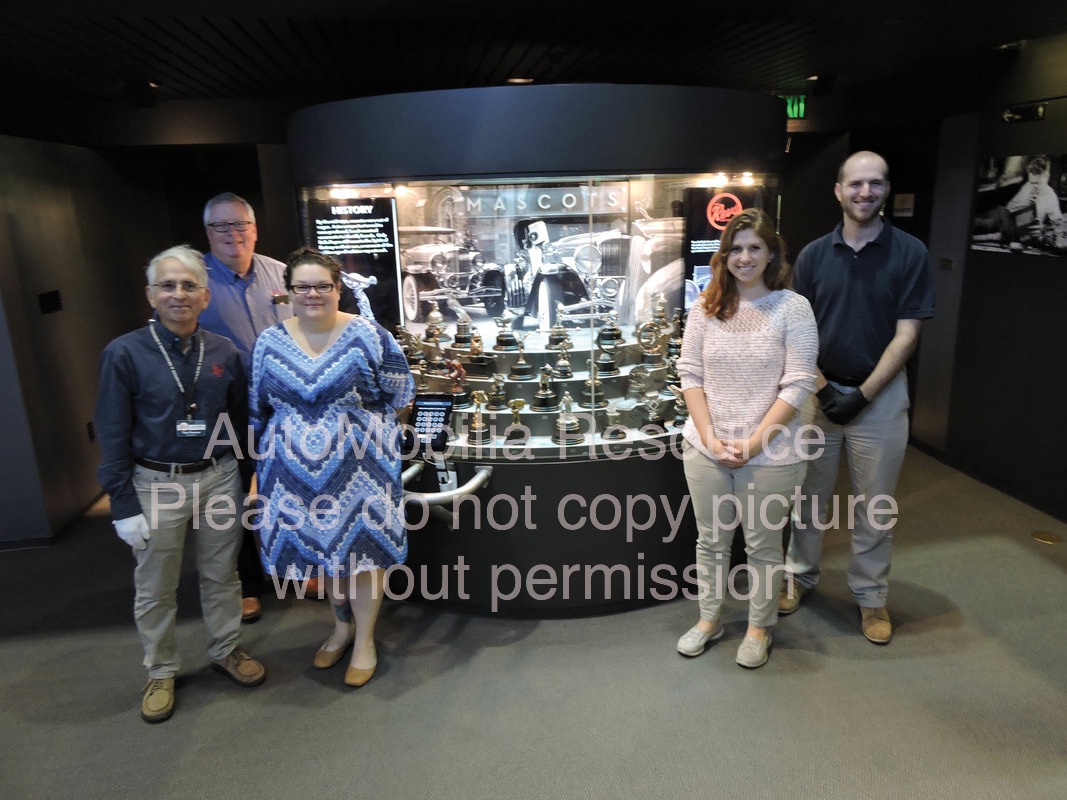
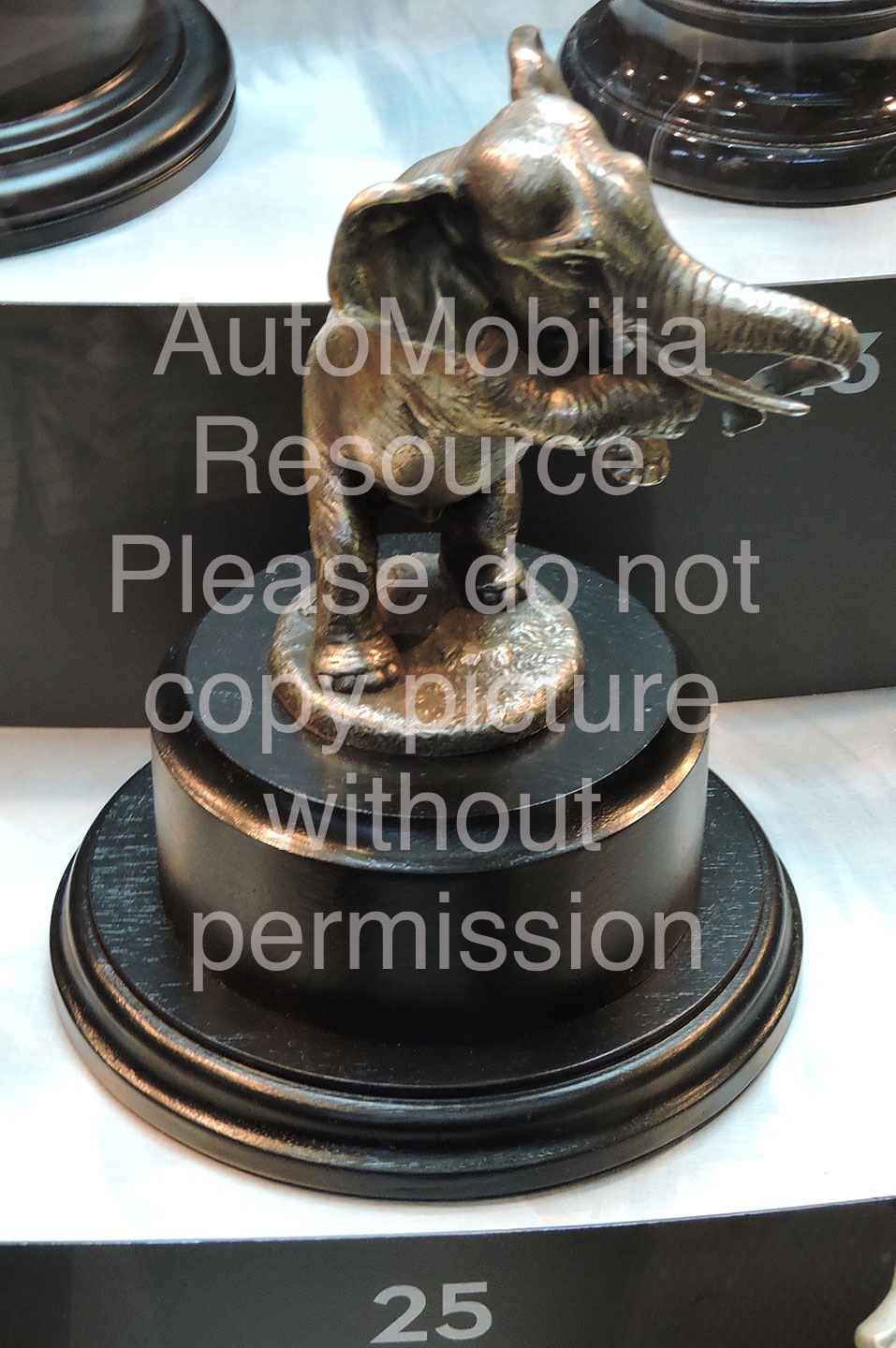
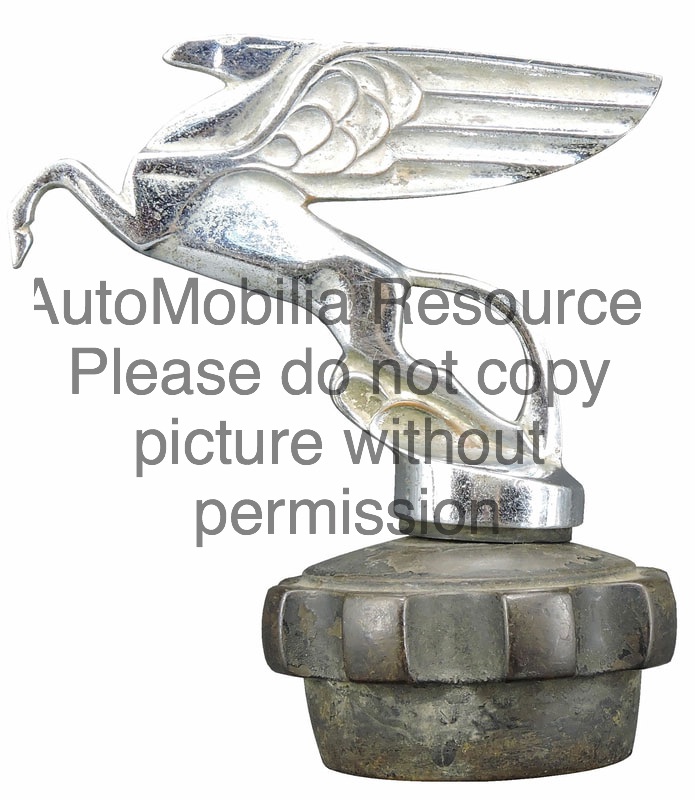
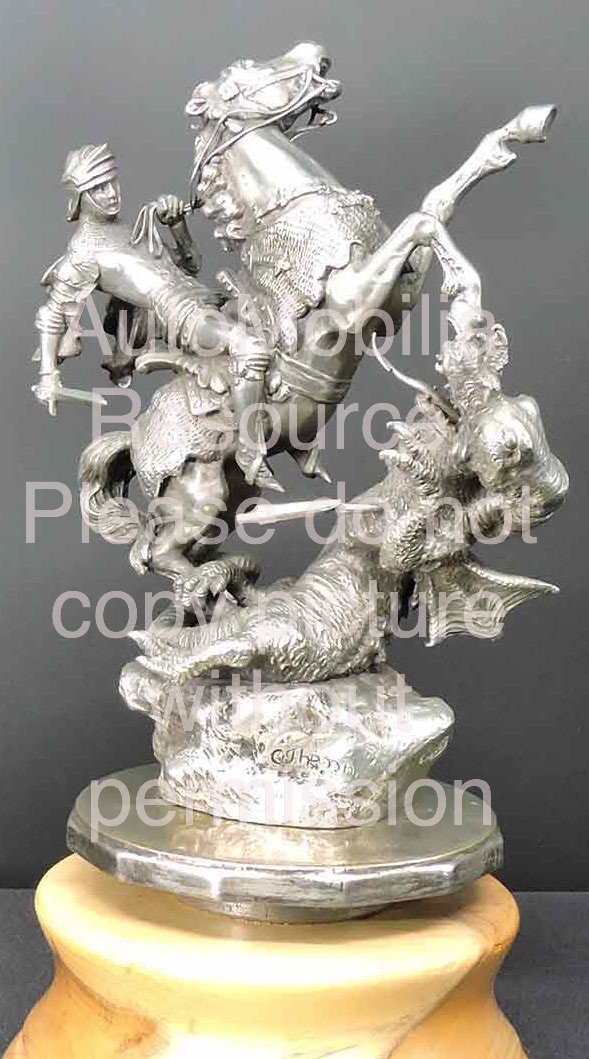
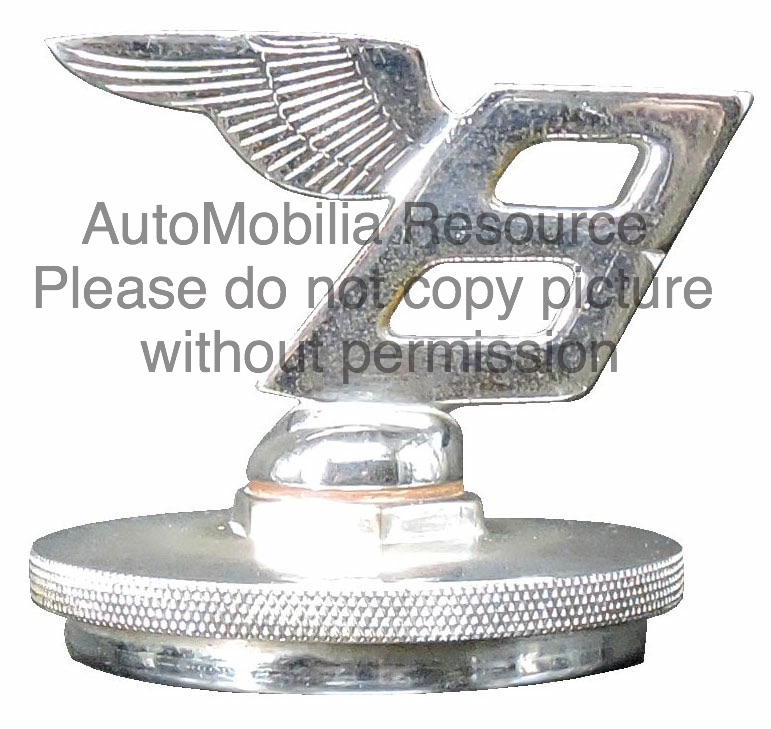
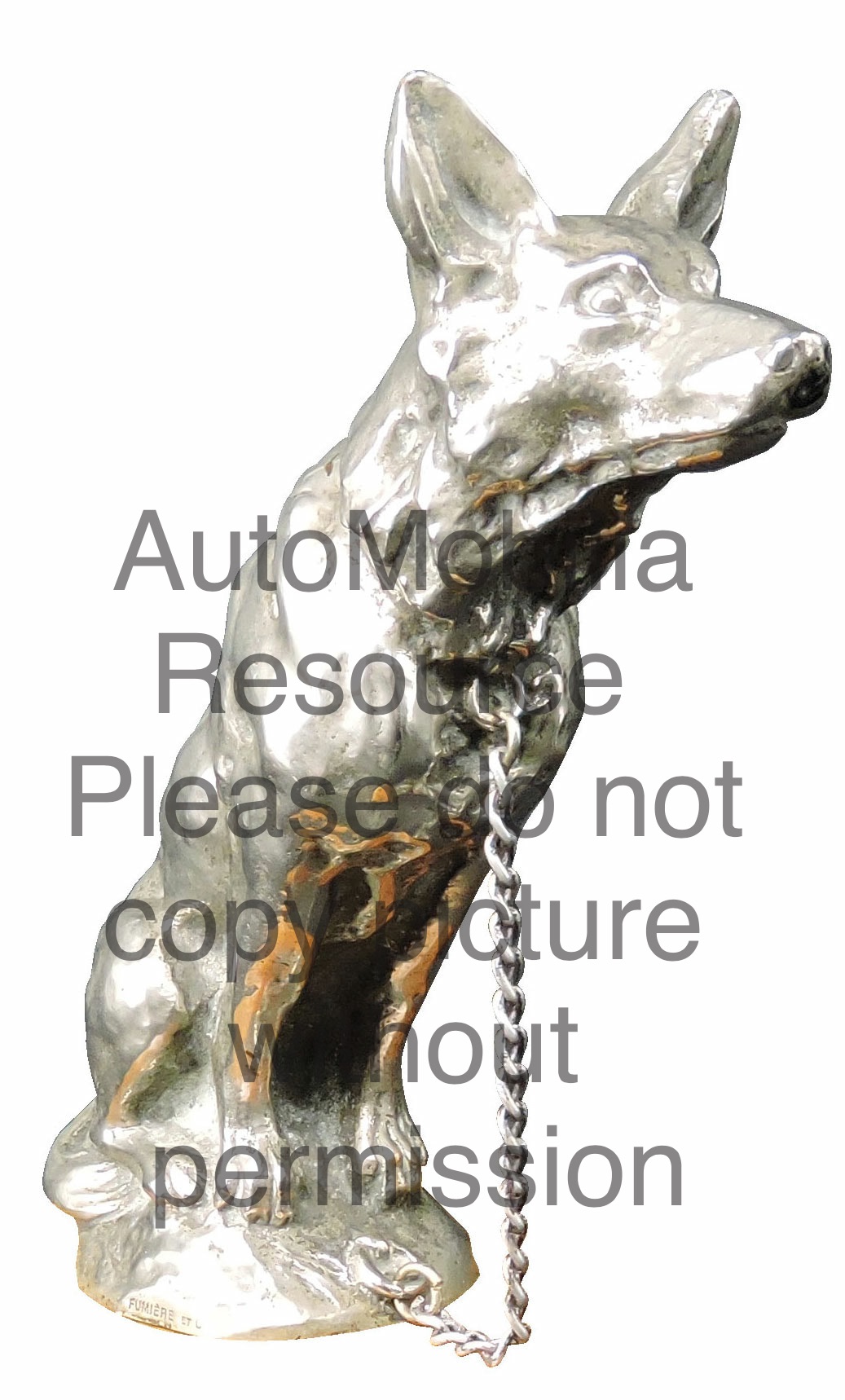
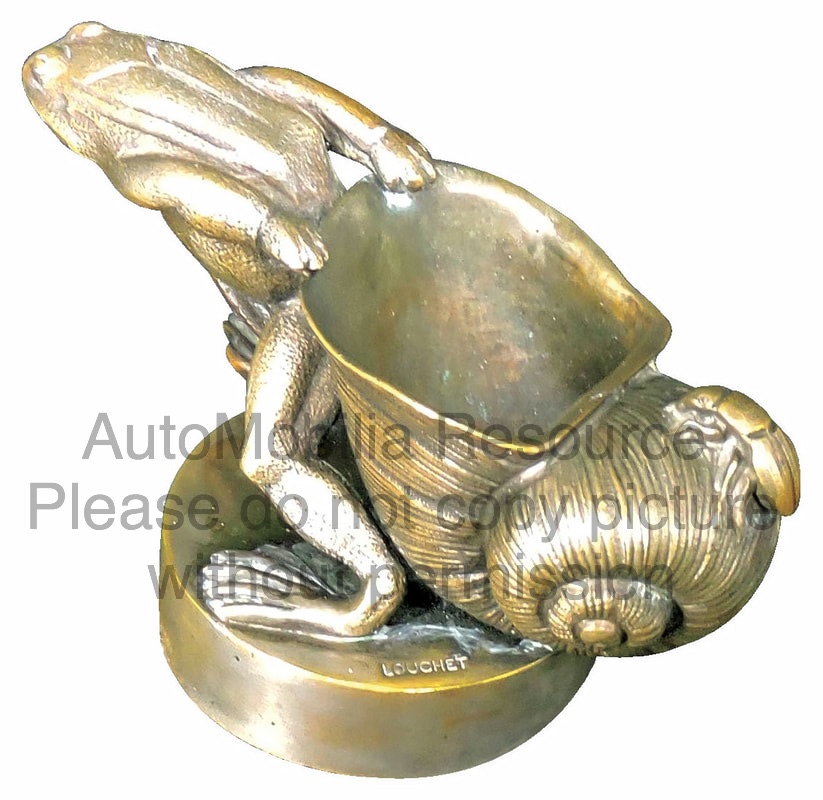
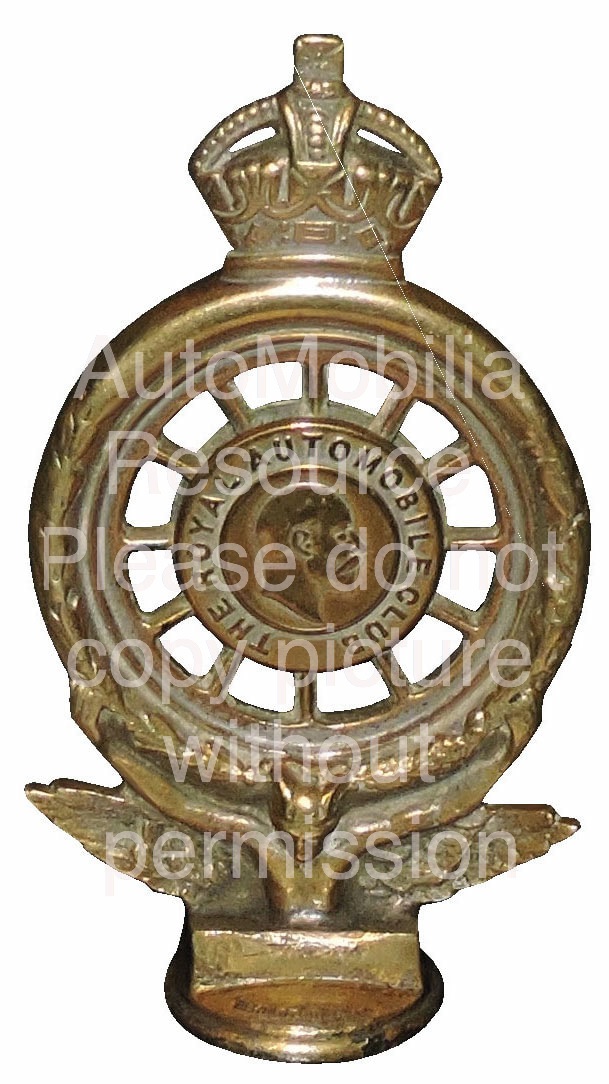
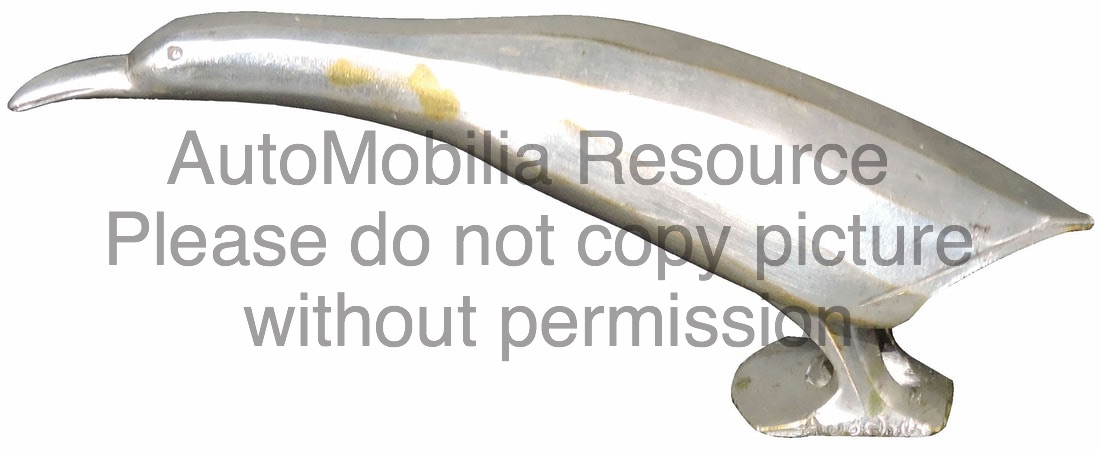
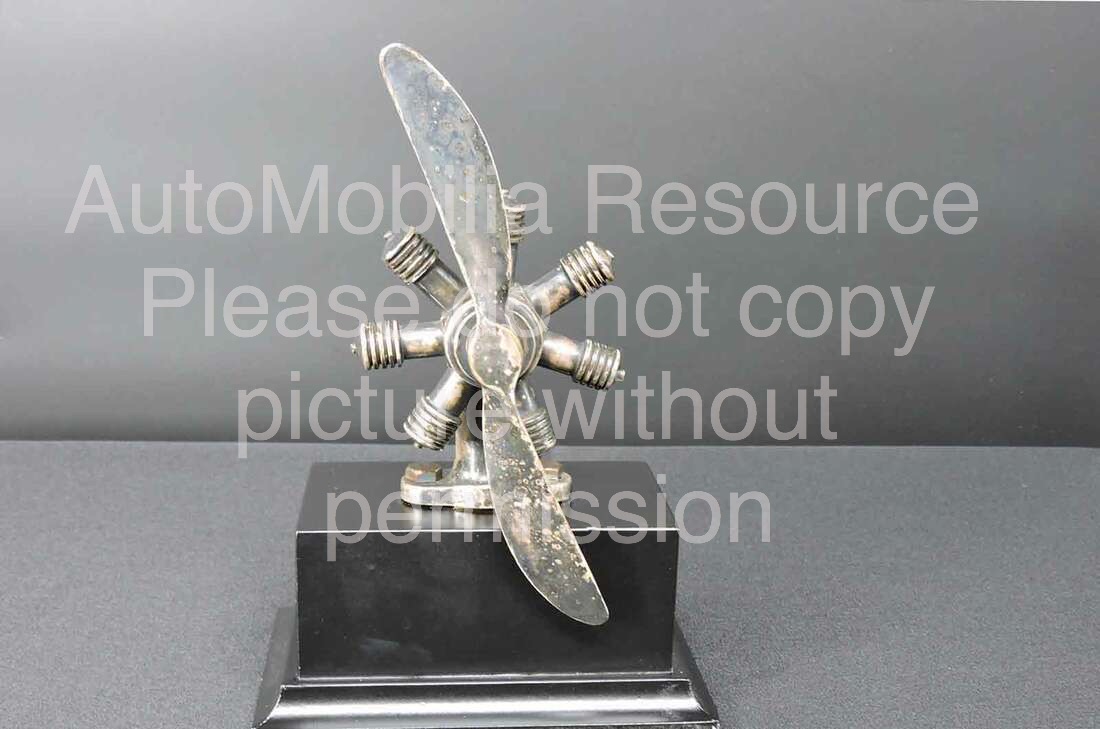
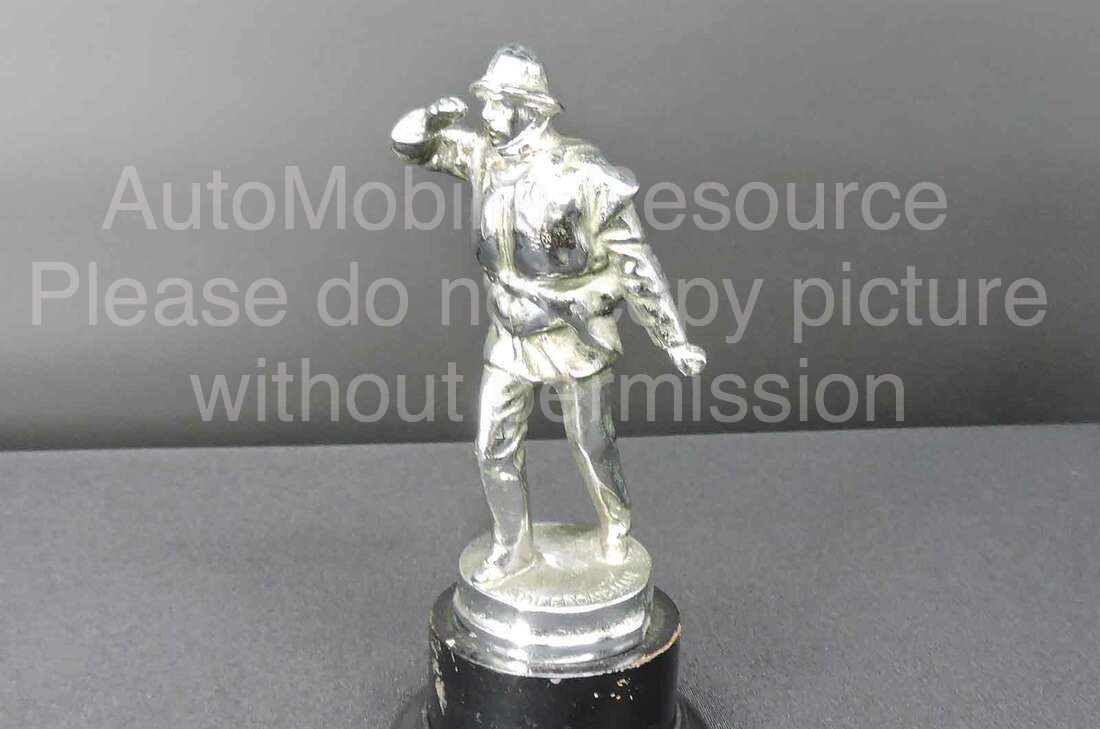
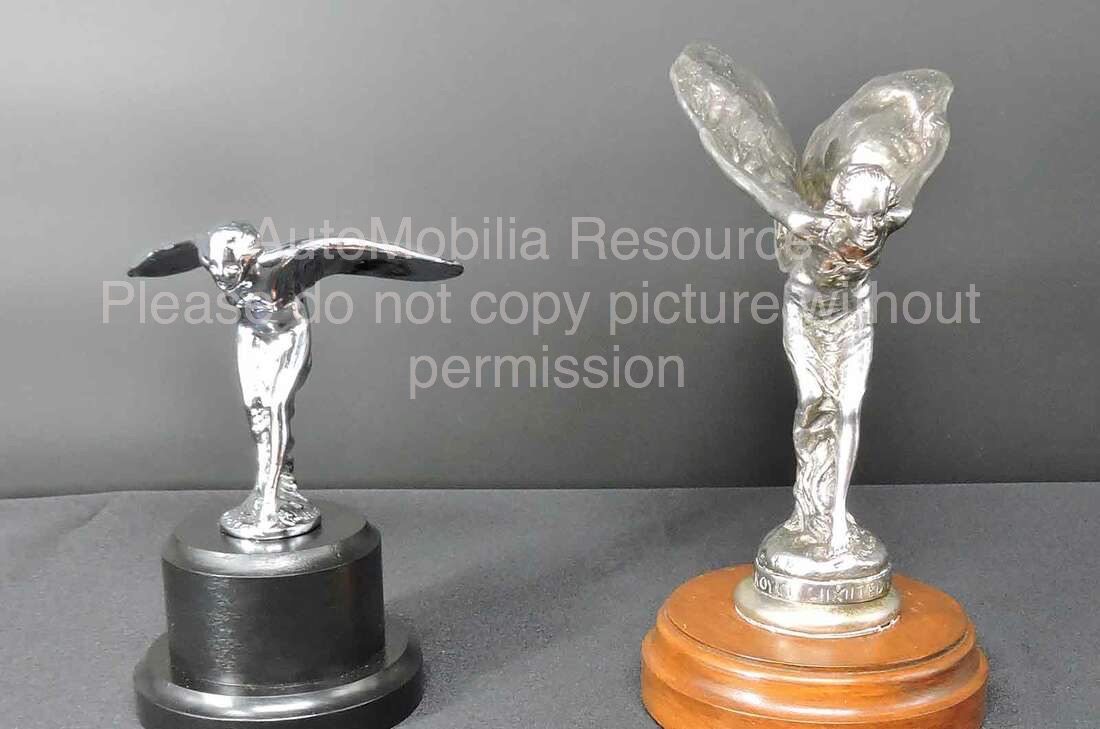
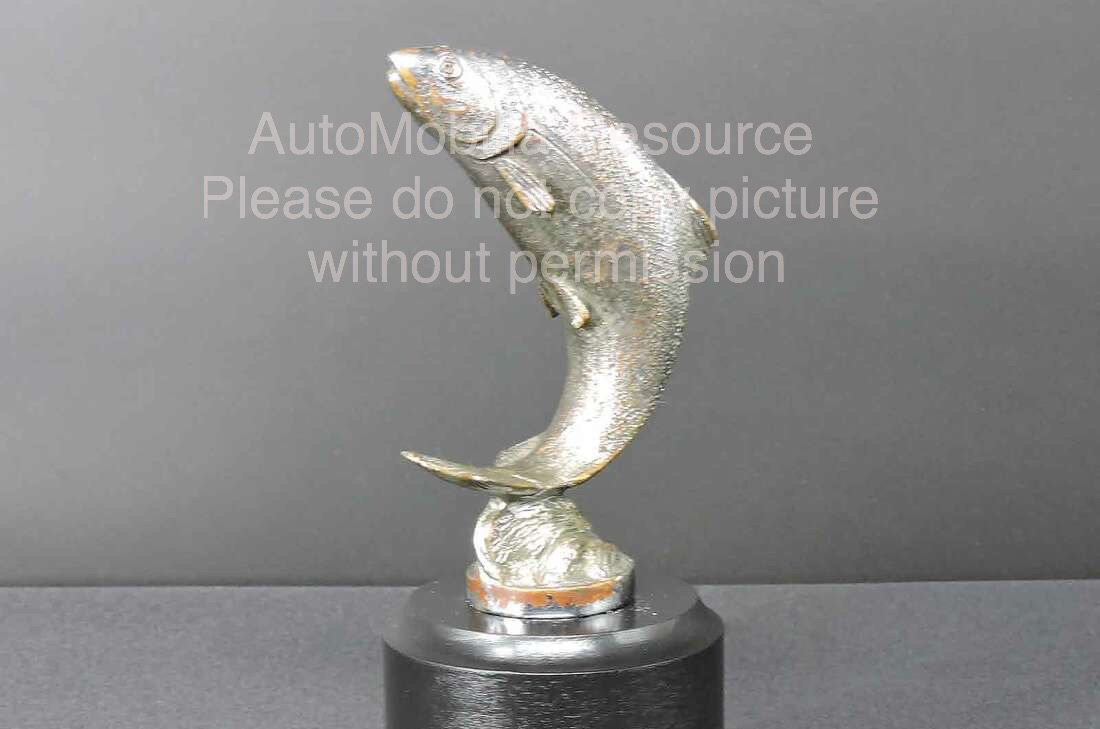
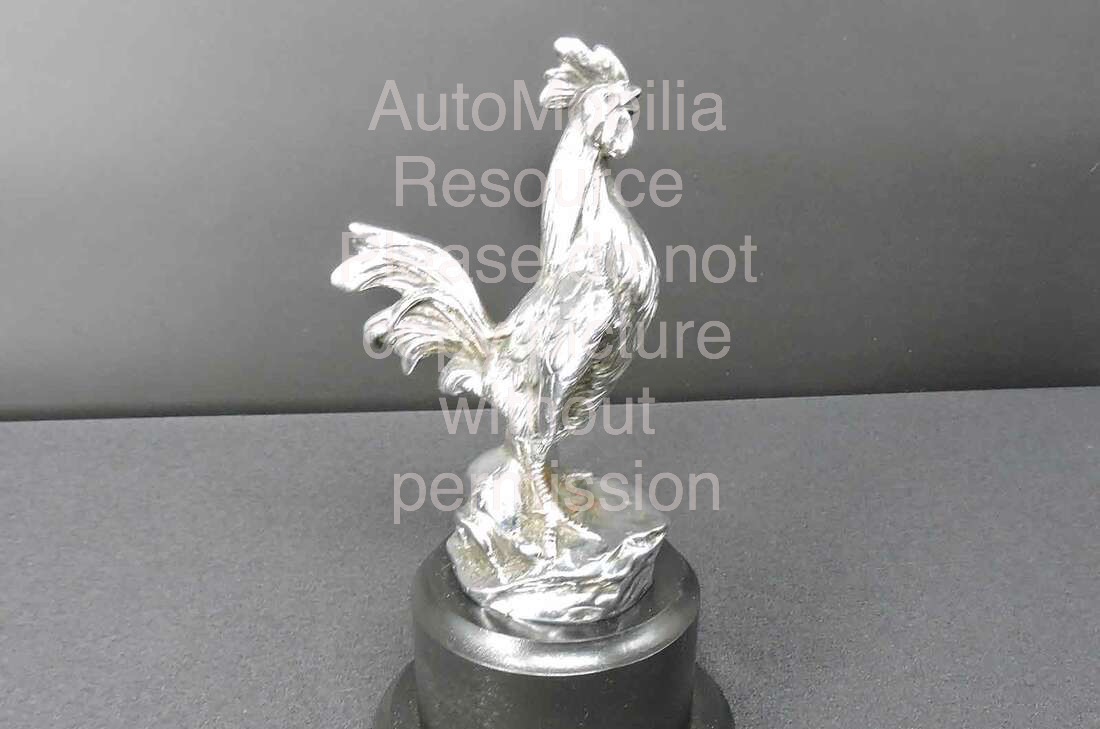
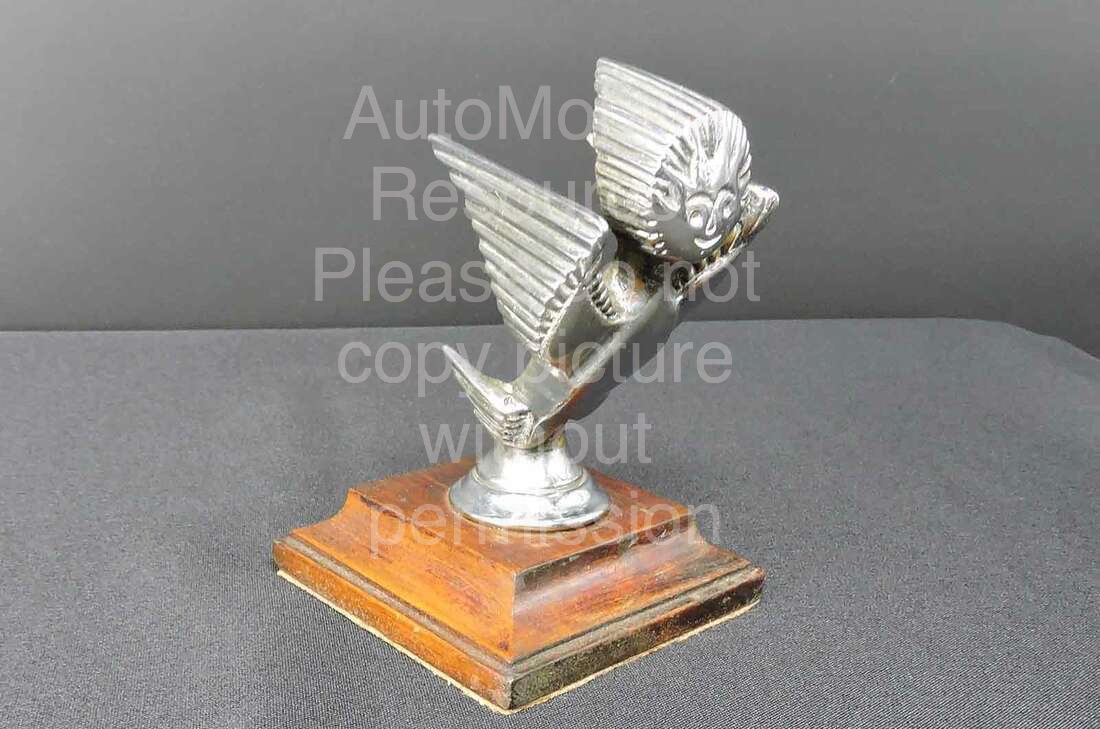
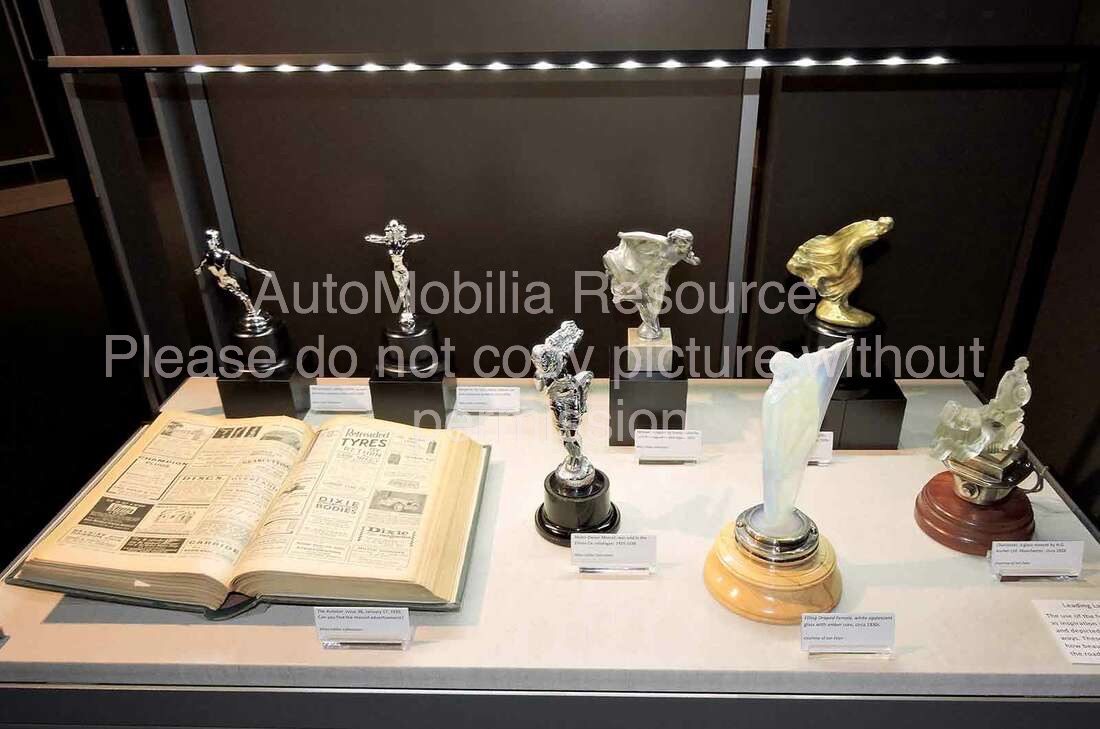
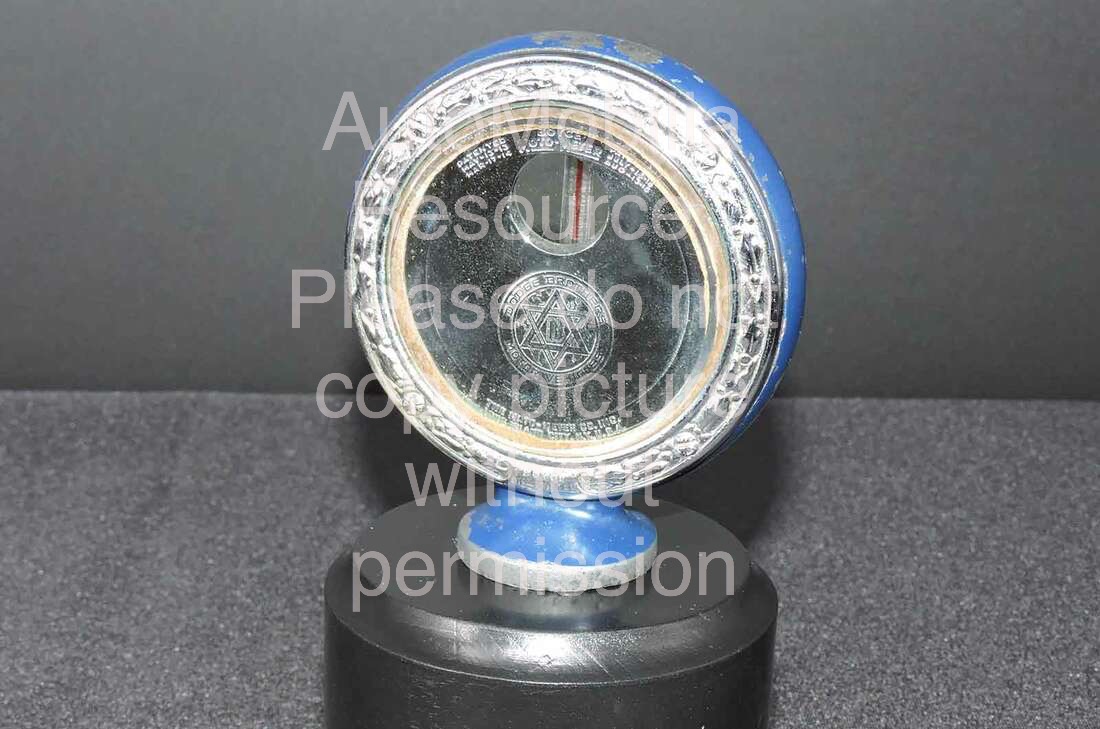
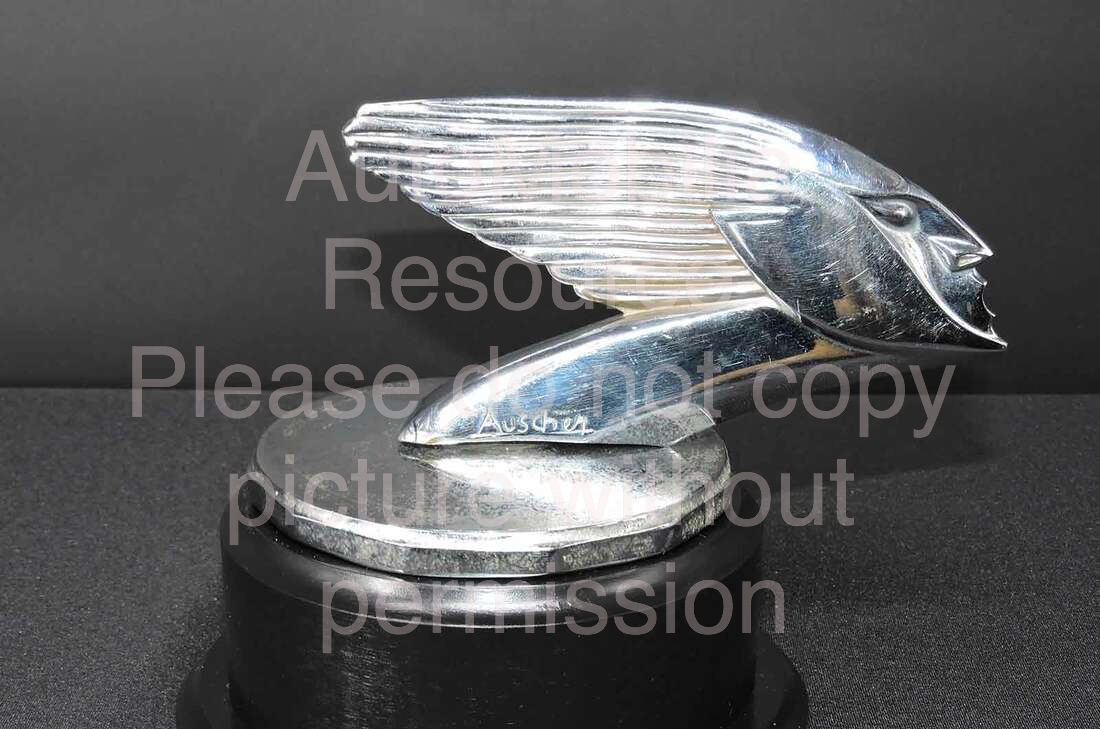
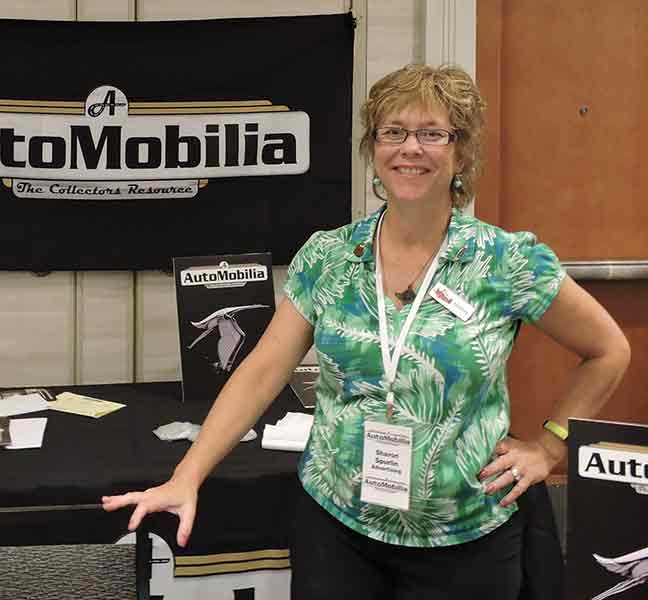
 RSS Feed
RSS Feed